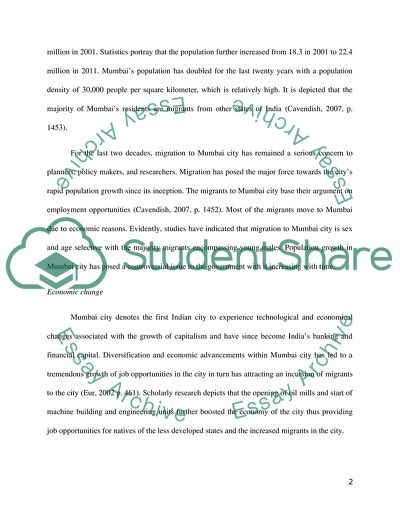Cite this document
(Economic and Social Structure of Mumbai City Essay, n.d.)
Economic and Social Structure of Mumbai City Essay. https://studentshare.org/sociology/1772201-outline-the-key-changes-that-have-taken-place-in-the-population-economic-and-social-structure-of-one-city-of-your-choice-and-discuss-the-key-issues-and-problems-that-have-emerged-in-this-city-over-the-last-twenty-years
Economic and Social Structure of Mumbai City Essay. https://studentshare.org/sociology/1772201-outline-the-key-changes-that-have-taken-place-in-the-population-economic-and-social-structure-of-one-city-of-your-choice-and-discuss-the-key-issues-and-problems-that-have-emerged-in-this-city-over-the-last-twenty-years
(Economic and Social Structure of Mumbai City Essay)
Economic and Social Structure of Mumbai City Essay. https://studentshare.org/sociology/1772201-outline-the-key-changes-that-have-taken-place-in-the-population-economic-and-social-structure-of-one-city-of-your-choice-and-discuss-the-key-issues-and-problems-that-have-emerged-in-this-city-over-the-last-twenty-years.
Economic and Social Structure of Mumbai City Essay. https://studentshare.org/sociology/1772201-outline-the-key-changes-that-have-taken-place-in-the-population-economic-and-social-structure-of-one-city-of-your-choice-and-discuss-the-key-issues-and-problems-that-have-emerged-in-this-city-over-the-last-twenty-years.
“Economic and Social Structure of Mumbai City Essay”. https://studentshare.org/sociology/1772201-outline-the-key-changes-that-have-taken-place-in-the-population-economic-and-social-structure-of-one-city-of-your-choice-and-discuss-the-key-issues-and-problems-that-have-emerged-in-this-city-over-the-last-twenty-years.


